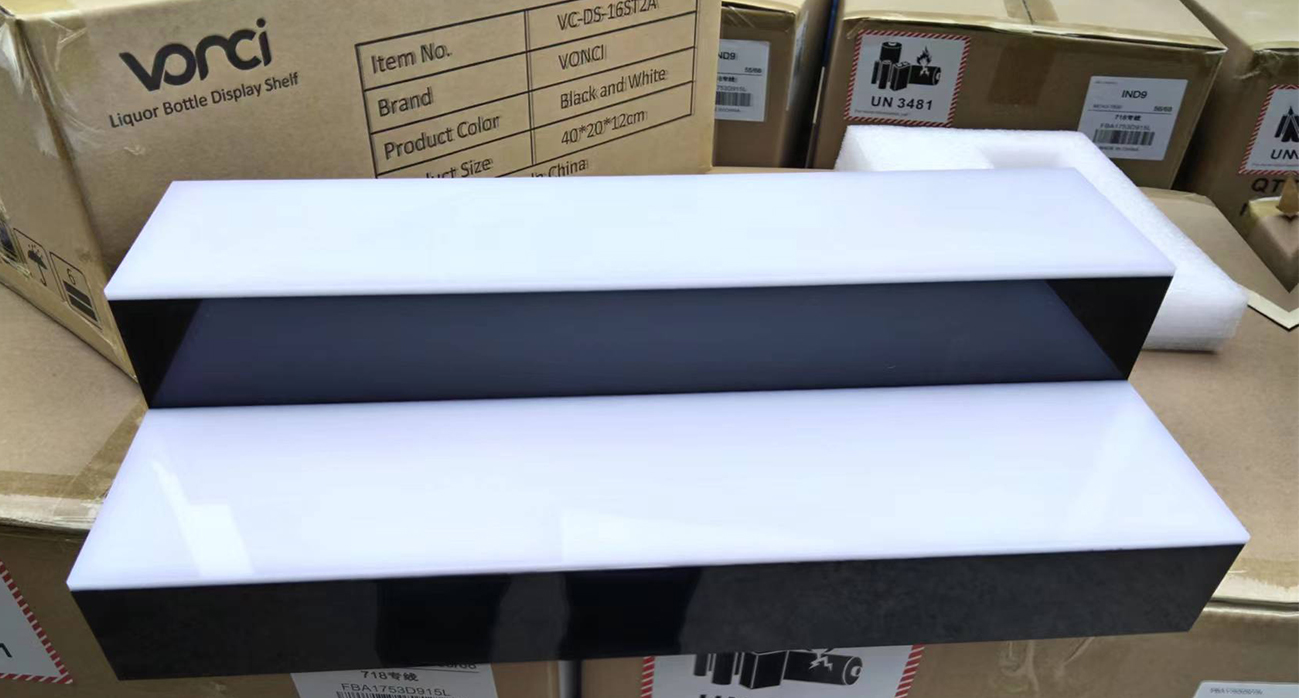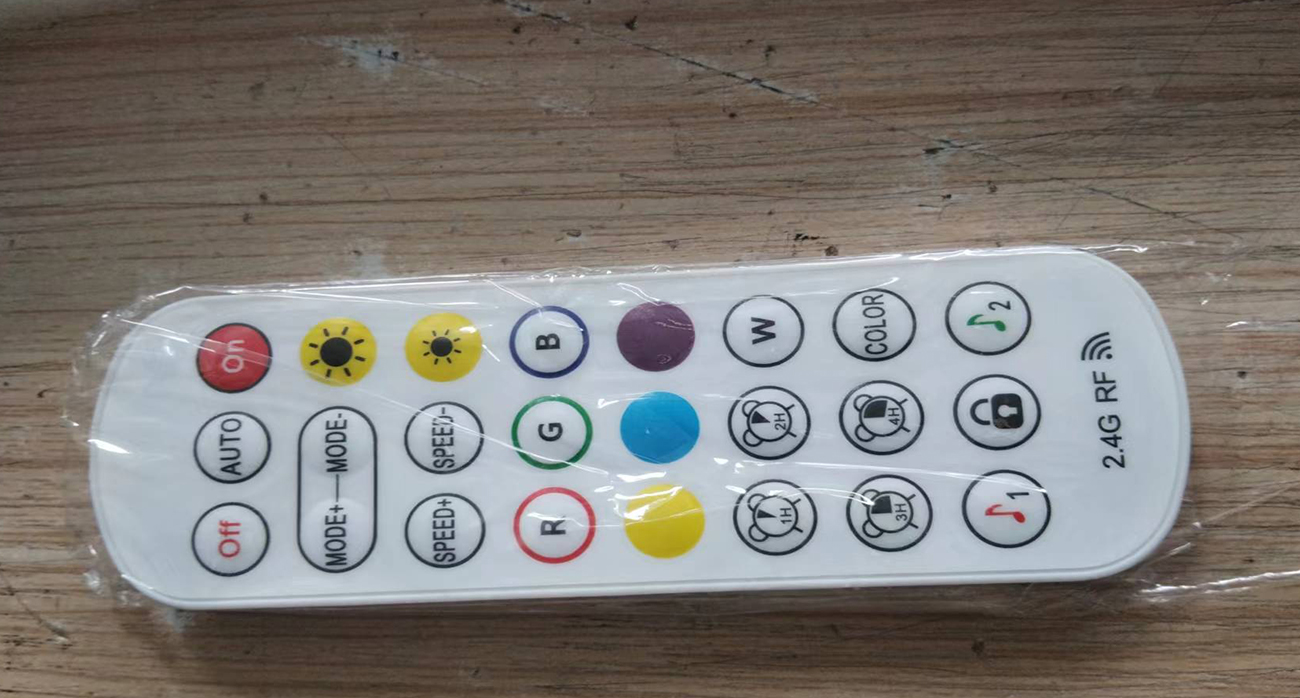What process is used to make the metal glass wine bottle display rack?
Feb 12,2025
466
The metal glass wine bottle display stand is fixed by metal rim, and is designed with a glass panel layout, which is more transparent as a whole. Combined with LED lighting, the display effect is better. This issue will briefly share the production process.

The metal part of the wine bottle display rack has a complicated process, which involves welding, forging, and surface treatment.
(1) Use welding equipment to connect metal pipes or plates together to create the main structure of the display stand. If stainless steel pipes are welded into a modern minimalist style wine bottle display stand, a unique shape can be created through different welding methods and angles.
(2) Metal materials are molded by heating and beating to create three-dimensional and unique display stand components, such as forging metal into a curved shape for hanging wine bottles or as decorative elements.
(3) Surface treatment such as electroplating and spraying on the metal display stand to increase its aesthetics and corrosion resistance. For example, chrome plating can give the display stand a bright metallic texture, while spraying colored powder can give the display stand a variety of bright colors.
The processed metal will be polished by texture engraving, which can be completed by machine for simple ones, and manual for complex ones.
In addition, glass panel processing also requires excellent craftsmanship.
First, use a glass cutting tool to cut the glass sheet into the desired size and shape, which is used to make the shelf, side panel or overall frame of the display stand. If making an all-glass wine bottle display stand, the glass needs to be cut to the appropriate size and then assembled.

Secondly, the cut glass edge is polished to make it smooth and avoid scratches. At the same time, the polishing process can also create matte and matte effects on the glass surface to increase the texture of the display stand.
Finally, the glass is heated to a certain temperature, softened, and then bent and shaped to create curved or special-shaped glass display stand components, such as curved glass shelves, which can better adapt to the placement of wine bottles.
If you think this is the end of the story, you are mistaken. All kinds of fatigue, quality, and toughness tests need to be conducted to ensure that market quality standards are met.





